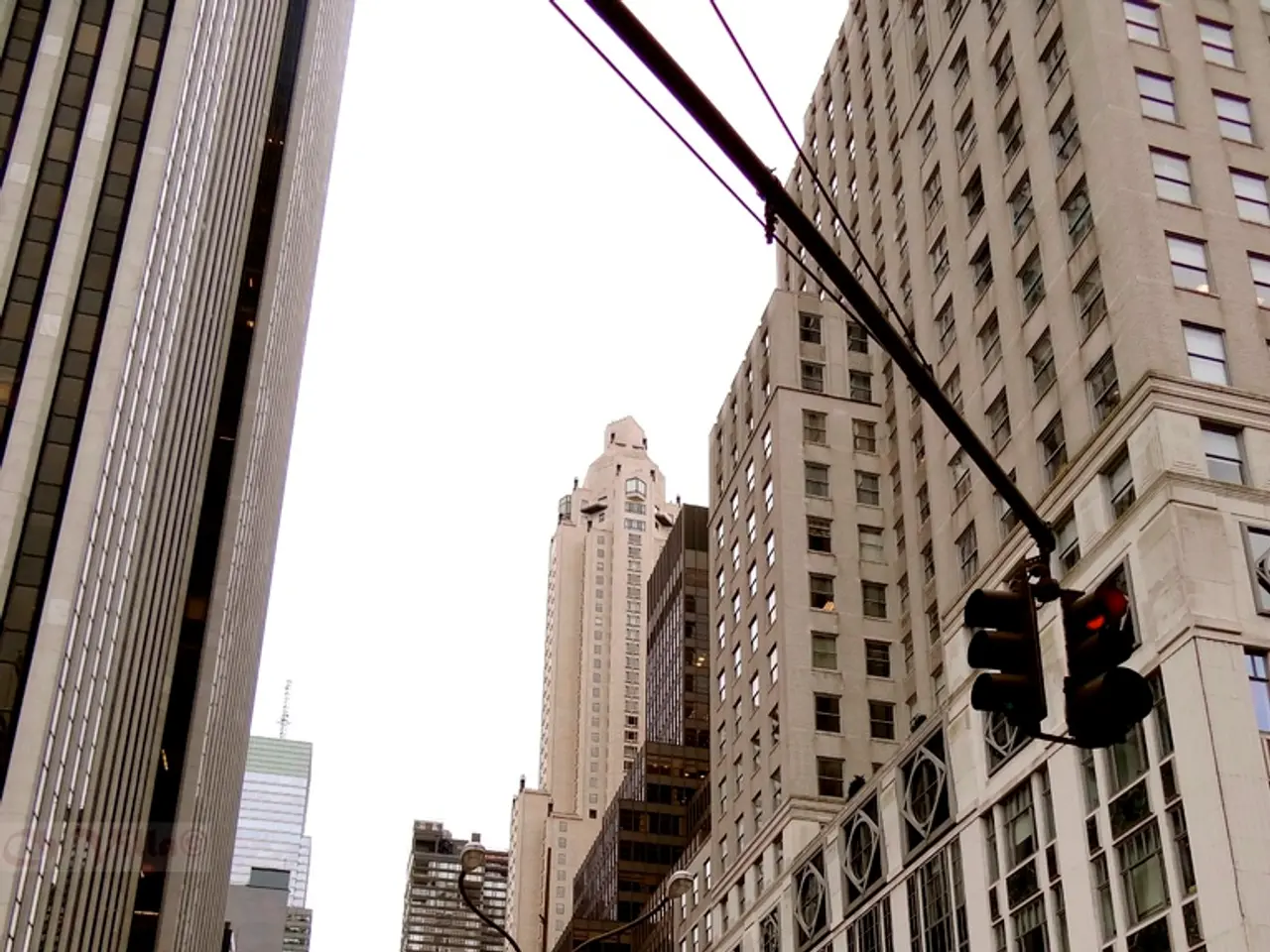Expanded public video monitoring regulations softened by government
Austria is set to significantly increase its public video surveillance in response to rising security concerns. The new regulations, announced by Interior Minister Gerhard Karner, will broaden the scope of video surveillance beyond post-attack sites to hundreds of public areas assessed to be at risk[1][5].
Currently, video surveillance is present in seven of the nine federal states in Austria, with only about 20 locations being monitored by authorities[1]. However, this is set to change as the police work closely with cities and municipalities to decide additional surveillance sites, with the expansion expected to be nationwide except for Vorarlberg and Burgenland[1].
The new regulations will allow video surveillance in locations where security authorities assess there are signs of potential future attacks or criminal structures[1][5]. The footage from these cameras will be stored for 48 hours, and there will be no permanent live "monitoring" at these sites; live feeds will be used only during targeted police operations[1].
The expanded video surveillance system is set to start rolling out in 2027, with the choice of software for the system yet to be decided[1]. Despite some police demands, there will be no live monitoring for "ordinary" crimes, aligning with the government's coalition program commitments[1].
Interior Minister Karner, from the ÖVP party, stated that this expansion meets the wishes of cities and municipalities[6]. He made this statement in an interview with news agency APA. The decision to equip an area with video cameras lies with the local security authorities[1].
This broadening of video surveillance reflects a policy shift toward preventive security measures, allowing monitoring before incidents occur based on risk forecasts rather than only post-incident surveillance.
Separately, Austria also legalized the use of highly intrusive state spyware (known as the Federal Trojan) for targeted monitoring of encrypted communications on devices, starting from 2027, but this is distinct from the video surveillance measures[2][3][4].
In the medium term, the number of monitored crime hotspots is expected to rise to a three-digit figure[1]. This expansion of video surveillance in public places is not limited to crime hotspots, as a prognosis of potential criminal activity is now considered sufficient for the implementation of video surveillance[1].
References:
[1] APA (2022). Austria to Expand Video Surveillance in Public Places. Retrieved from https://www.apa.at/
[2] Der Standard (2022). Federal Trojan: Austria Legalizes Intrusive State Spyware. Retrieved from https://derstandard.at/
[3] ORF (2022). Austria Legalizes Federal Trojan. Retrieved from https://www.orf.at/
[4] Heute (2022). Federal Trojan: Austria Legalizes Intrusive State Spyware. Retrieved from https://www.heute.at/
[5] Kurier (2022). Austria to Increase Public Video Surveillance. Retrieved from https://www.kurier.at/
[6] Karner, G. (2022). Interview with APA. Retrieved from https://www.apa.at/
- The Austrian government, through Interior Minister Gerhard Karner, has outlined a new community policy that includes a significant increase in public video surveillance, aligning with the nation's politics and general news, as part of preventive security measures.
- With the expansion of employment policy, specifically in video surveillance, the Austrian government is expected to implement video surveillance systems in hundreds of public areas assessed to be at risk, following a proactive approach, rather than relying only on post-incident surveillance.




